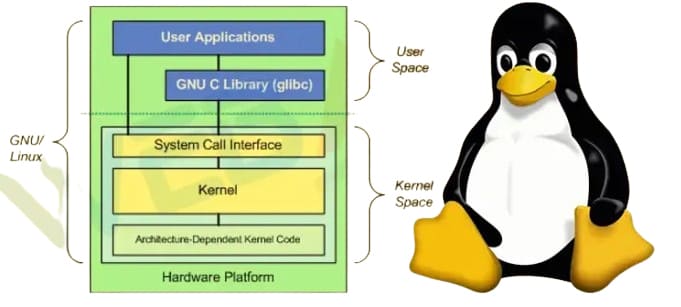Following Key Topics to Cover in Linux-
1) Introduction to Linux
- What is Linux?
- History and Evolution of Linux
- Linux Distributions
- Installation and Configuration
2) Linux Filesystem
- Overview of Filesystem Hierarchy
- Basic File and Directory Management
- File Permissions and Ownership
- Mounting and Unmounting Filesystems
3) Linux Shell and Command Line
- Introduction to Shells
- Basic Shell Commands
- Shell Scripting
- Advanced Shell Techniques
4) User and Group Management
- Managing Users
- Managing Groups
- Understanding User Permissions
- Using Sudo for Privileged Access
5) Process Management
- Understanding Processes
- Managing Processes
- Process Monitoring and Control
- Background and Foreground Processes
6) Package Management
- Package Managers Overview (APT, YUM, DNF)
- Installing and Removing Software
- Updating and Upgrading Packages
- Managing Dependencies
7) Networking in Linux
- Basic Network Configuration
- Understanding Network Interfaces
- Network Troubleshooting
-
Using Network Tools (ping, netstat, ifconfig, etc.)
8) System Security
- Securing the Linux System
- Using Firewalls (iptables, firewalld)
- SSH Configuration and Usage
- Implementing SELinux/AppArmor
9) Disk Management
- Disk Partitioning
- Managing Disk Space
- Using LVM (Logical Volume Manager)
- File System Maintenance
10) System Monitoring and Performance
- Monitoring System Resources
- Using Top, htop, and Other Monitoring Tools
- Performance Tuning
- Log Management
11) Linux for DevOps
- Automation with Cron Jobs
-
Configuration Management Tools (Ansible, Puppet,
Chef)
- Containerization with Docker
- Continuous Integration and Deployment
Mastering Linux is essential for managing servers,
automating tasks, and improving system performance.
This curriculum covers the fundamental topics needed
to become proficient in Linux. By understanding these
concepts, you can streamline your workflow, enhance
security, and maintain high availability of your
systems with confidence.



